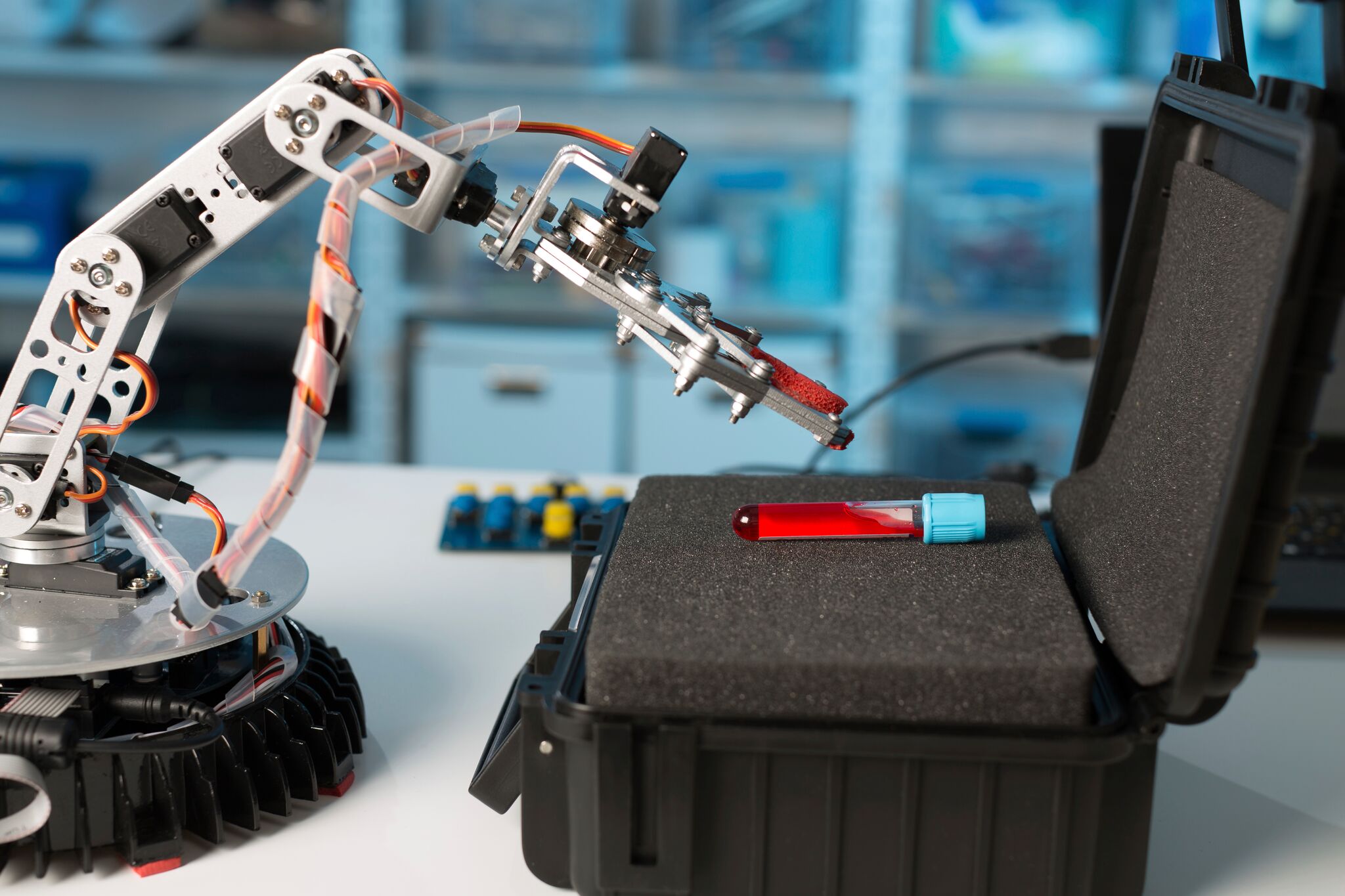
“Discovery chemists are involved in a ceaseless challenge to synthesize new drug molecules to the point where they can be successfully tested for medical activity,” notes Dr. Richard Bourne, Associate Professor in the School of Chemical and Process Engineering at the UK’s Leeds University. “But the process of reaching that point can be very slow, and that has consequences for people who are waiting for new drugs that could help alleviate painful and chronic conditions.”
In the hope of speeding up that process, Dr. Bourne is using a Senior Research Fellowship from the Royal Academy of Engineering to develop an AI-driven ‘lab-bot’ to, initially, find new treatments for arthritis and cancer, but to increase the pace of drug research generally.
According to an article from the University of Leeds describing Bourne’s work, “traditionally, it takes many months of manual experimentation and complex calculation to optimize a new chemical process for commercial production. The new, intelligent, self-optimizing technology uses software to run test experiments and then learns from the data generated how best to automatically optimize and redesign the next set of experiments to improve the efficiency of the process. It removes the need for chemists and statisticians to run repeated, time consuming lab tests.”
Currently, it can take more than 10 years to get a new medicine “from lab bench to commercial use because of the complexity of developing an efficient manufacturing process, in addition to rigorous patient safety testing.”
Consequently, any technology that can shorten the manufacturing development process time safely is bound to be valuable. The self-optimizing technology developed at Leeds is computer-driven, so it can run 24 hours a day, 7 days a week helping researchers achieve the most efficient process faster and at lower cost than before.
“By continually feeding the data from the automated lab bench experiments back into a cloud database, the system learns from the new data and automatically redesigns the next set of experiments,” the university explains. “Fewer experiments are needed overall and human error is reduced as a result. The system also produces better chemical reaction models which make it easier to scale up to commercial manufacture.”
“It changes the chemist’s focus from being in the lab doing repetitive experiments to actually generating understanding and interpreting the chemistry,” Dr. Bourne noted.


